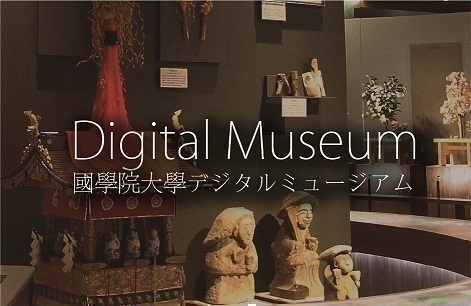- トップ
- Encyclopedia of Shinto
- Kaichō
Encyclopedia of Shinto
| Main Menu: | |
| Links: |
詳細表示 (Complete Article)
| カテゴリー1: | 6. Belief and Practice |
|---|---|
| カテゴリー2: | Divination and Supplication |
| Title | Kaichō |
| Text | Lit., "opening the curtain," the temporary special exhibition of images of kami and buddhas, or other shrine and temple treasures that are normally kept hidden. The practice of kaichō can be found as far back as the Heian period, but the practice spread nationwide in the early modern period. Kaichō were of two kinds, the first being the display of an image at the temple or shrine where the image was owned (called ikaichō) and the second type (called dekaichō) being the display of one institution's image within the precincts (kedai) of another shrine or temple (usually selected for its being in an area with more popular appeal). Originally, the special display of such images was a religious event meant to allow pilgrims to experience a religious conversion or establish a karmic "affinity" (kechien) with the deity or buddha displayed, but in time, it became little more than an opportunity for shrines and temples to attract the monetary donations (see saisen) of the pilgrims. In the early modern period, public support from the Bakufu for shrines and temples was fixed or declined, while on the other hand maintenance expenses for the institutions increased, and kaichō were looked to as a means of augmenting the income of the institutions involved. When a special kaichō was held, the precincts and area surrounding the shrine or temple would be filled with stalls for light entertainments and food and drink, thus giving the area a temporary carnival atmosphere and providing a perfect opportunity for popular recreation. — Iwai Hiroshi |




